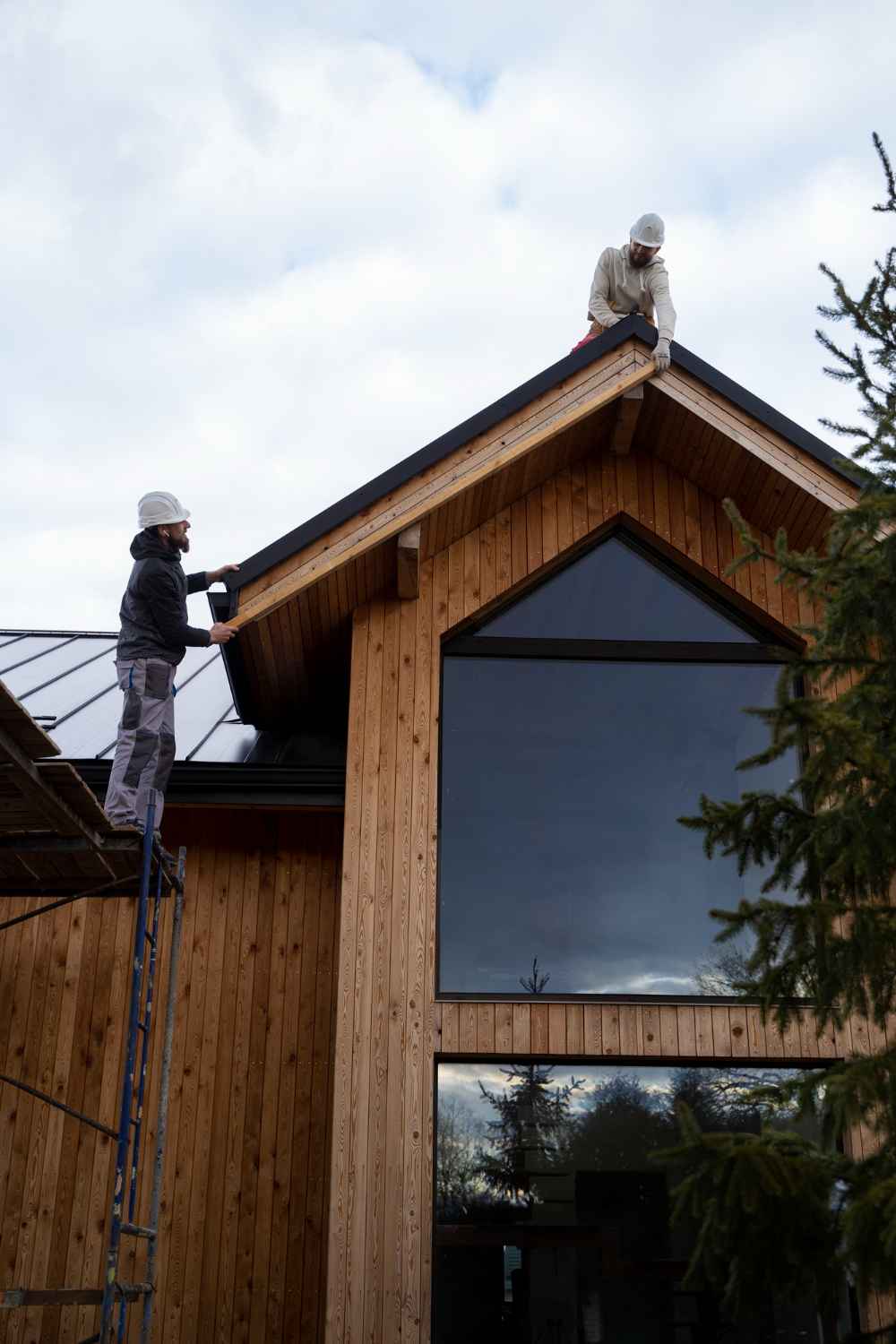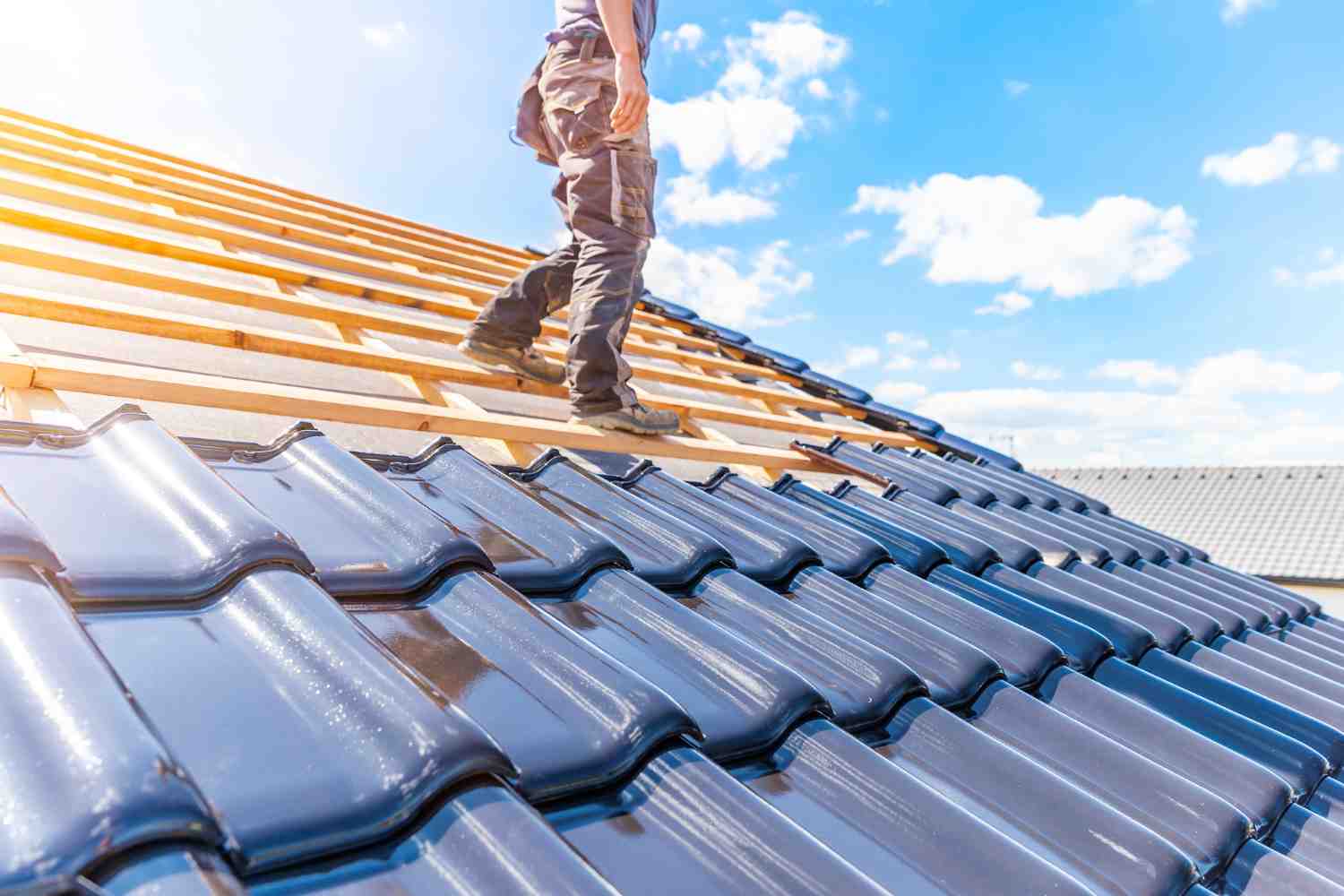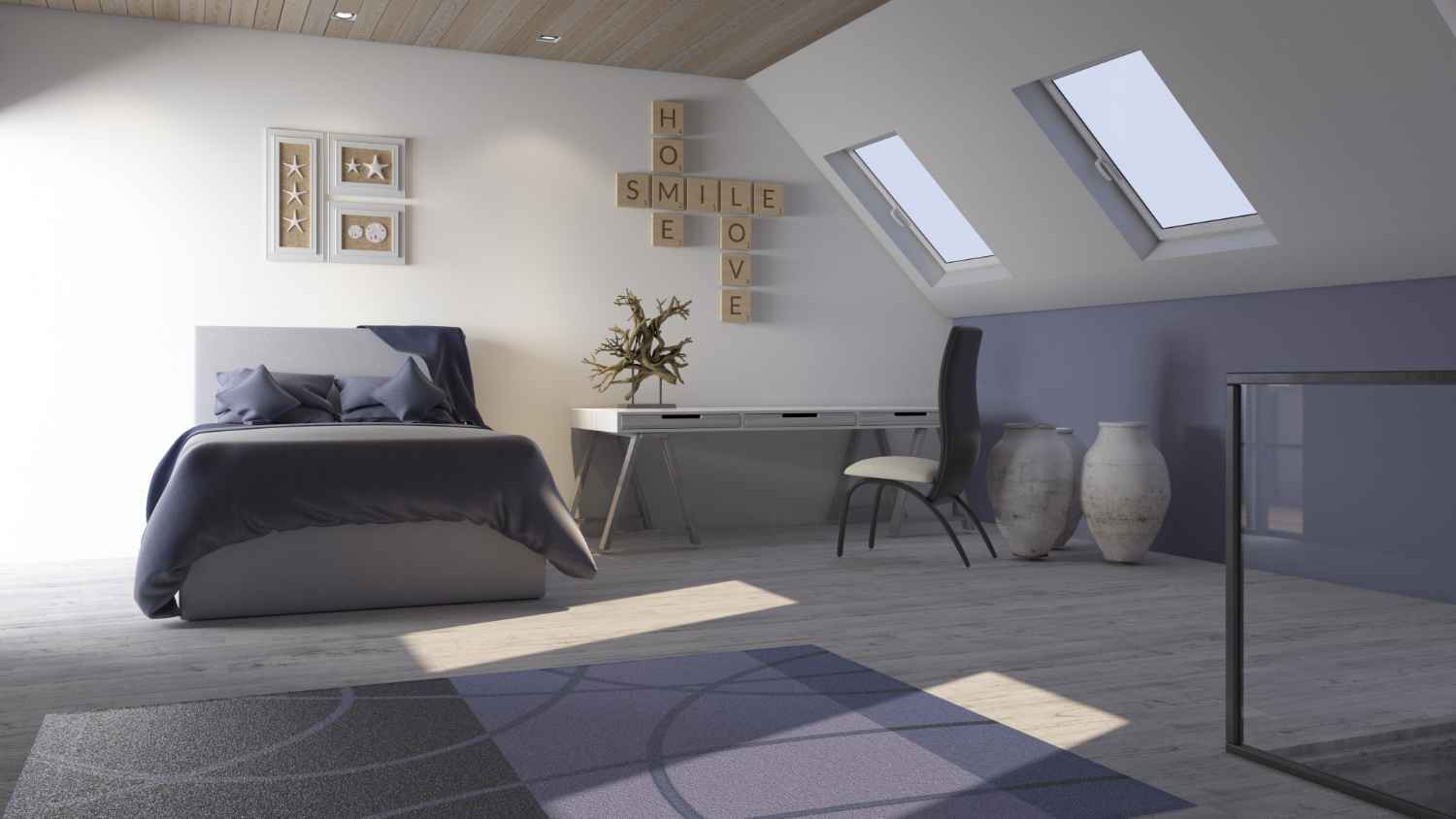If you are short of accommodation and have turned to a loft conversion for transforming your empty attic space into a functional room such as a store or living room, this guide is for you.
Extending your living space is more manageable than moving. Yet it’s imperative to understand all possible aspects of loft conversion before making the final decision – such as the designs, cost, planning, and building regulations. Loft conversions play a significant role in adding living space to your homes and, therefore, should be given some profound thought before taking ultimate measures.
Below are some points that you need to consider:
- Design Analysis
- Ascertaining the Suitability
- Types of Loft Conversions
- The Ideal Loft Conversion for Maximum Space
- Costs and Budget
- Planning Approval
- Building Regulations
- Technical Issues
Loft Conversion – Design Analysis
Familiar design elements that you will encounter and reckon with are:
- Headroom
- Approach
- Lighting
- Planning Sanctions
- Building Regulations
Ascertaining if the Loft Conversion Option is Suitable for Your Space
Not all lofts meet the loft conversion requirements. Hence, it’s better to first carry out a brief survey before delving into your detailed plan for a conversion. The following parameters will help you with that:
- Whether it is the cut rafter and purlin roof or a trussed roof
- If it has sufficient height: 2.2 – 2.4m for a cut rafter and purlin roof and 2.4 – 2.6m for a trussed roof
- If the space is sufficient for a living accommodation
- If the chimneys pass through the loft space
- If your roof has felt beneath the tiles or is entirely weather-tight. Note: You will see the back of the tiles without felt, or a black bituminous paper under the tiles otherwise
Once you have check-marked all these measures, you have cleared the first assessment phase; your property is fit for a loft conversion. However, if you have doubts about one of the points, you may find peace in the fact that it might have a solution.

Types of Loft Conversions
The kind of loft suitable for your space depends on the following factors:
- The sort of roof you have
- The purpose of your loft
- The cost you are willing to expend
There are three kinds of loft conversions at your disposal:
- Internal Loft Conversions
- Dormer Loft Conversions
- Loft Conversions That Require a Complete Removal and Build
Internal Loft Conversions:
These are the cheapest type as they need minimal intervention. Alterations include adding windows set to the roof slope, insulation measures, and floor strengthening.
Dormer Loft Conversions
Dormer loft conversion involves adding a box-shaped structure with windows to a sloped roof, forming walls at 90 degrees to the floor. They increase the volume of roof space and provide full head height. Traditionally added to the rear, they can be attached to the side or front of your premises too, depending on the planning approval. The space can be an additional bedroom, office, nursery, and the like.
There are several dormers for you to consider:
- Single dormer
- Full-width dormer
- Side dormer
- L-shaped dormer
- Hip-to-Gable
Roof-off Loft Conversions Requiring Complete Removal and Build
Mansard Conversions
These loft conversions include replacing one or both slopes with almost a flat roof over the top. Usually requiring planning permission, this design is used for spaces with little to no headroom.
Pre-fabricated Loft
These work for spaces with limited vertical space inside a roof. The trusses can be craned in the area to create a bigger shell and the roof around it. Living without a roof for a month will be no easy task, and a pre-fabricated unit can be made watertight within a matter of days.
Ideal Loft Conversion for Maximum Space
The most popular kind involves erecting two dormers, one over the main house’s roof and another above the rear extension, which is usually the kitchen or a bathroom. These two dormers meet at a right angle, hence the name ‘L-shape conversion.’
Usually carried out on Victorian-terraced or semi-detached properties, their advantage is that they enable you to almost recreate your first floor with regard to the space and design, potentially adding three to four new rooms. No other type of loft conversion offers this much space.
Costs and Budget
The price of a loft conversion depends on the type you choose. You might want to consider two kinds of expenses:
Professional fees for the loft conversion, which include
- Architects’ fees
- Building regulations fees
- Engineer’s structural design fees
- Planning and certificate of lawful development fees
- Building Control fees Party wall arrangement fees
Loft conversion building works, which include:
- Heating
- Boiler
- Bathrooms
- Decorating
- Flooring
Planning Approval
Refer to Permitted Development Rights to understand the amount of extension to the roof space you are allowed. Conservation areas and other designated zones may also play an essential role in this regard.
Building Regulations, Party Walls, and Safety
Building Regulations
Loft conversions require Building Regulations permission; your detailed plan needs approval before you reach out to the builder. This minimises the risk as the design is approved, and you can get a fixed quotation from the builder instead of the approximate amount. Your Building Control Officer will examine the site at different stages and issue a completion certificate on the final inspection stage. It would help if you do not make the financial exchange before receiving the certificate.
Party Walls
You are supposed to inform your neighbours of your intentions, according to the Party Wall Act 1996, if your house is semi-detached or terraced.
Safety
Home inhabitants are now responsible for their construction projects’ safety, thus requiring a health and safety plan for any of their projects, big or small.


Technical Issues to Keep in Mind
The Roof Structure
Once you get a loft conversion, your roof should be able to bear some additional loads. Along with a new floor structure, other structural elements might also be needed to facilitate circulation inside.
Access
You will need an additional staircase for your loft conversion to become habitable. You might extend an already-present staircase, or you may need to add a different one at a new place. However, you will have to consider the following aspects when designing a staircase:
- Fire Precautions
- Escape Windows
- Number of Storeys in Your House
Thermal Insulation
Global warming is an intense issue nowadays and needs to be tackled with adequate insulation in your new space. A common way to do this is by putting a high-installation insulation board between and beneath the rafters. Unless the room has a breathable felt, you must leave a void above the insulation and ensure adequate roof ventilation, stopping any condensation.
OBS Facilities – Who Are We?
We are a company working in this industry for three decades, specialising in loft conversions and related facilities. To avail our services, you may reach out, and we will be glad to help. In case you want to know about us, here is a quick overview.
We offer customised architectural designs and building services and have a track record of 100% satisfied customers.
Serving in the industry for three decades, we are a family business providing building, boiler, and plumbing services across West London, Harrow, and surrounding regions since 1993. We deal in:
- Architectural Services
- Building Services
- Home Refurbishment
- Loft Conversions
- Boiler Installation
- Central Heating Installations

